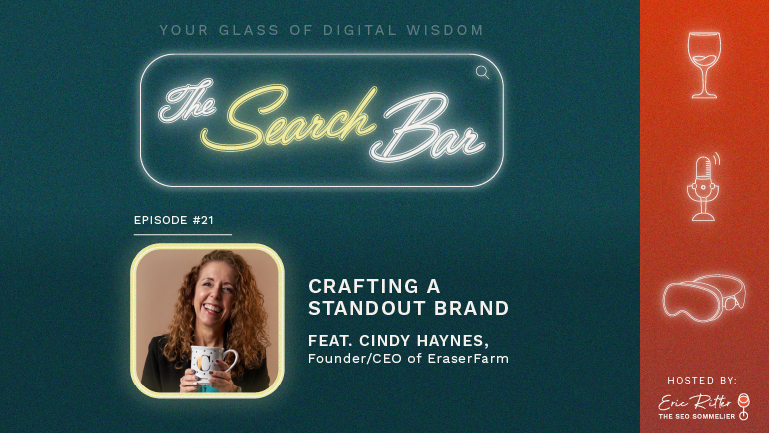Trying to attract more traffic to your website? You’re not the only one. 61% of marketers say growing their search engine optimization (SEO) or organic presence is a high inbound marketing priority.
However, many companies are still attached to their outbound marketing tactics.
Unsure about the difference between inbound and outbound marketing? You’re in luck! Keep reading to learn everything you need to know about the difference between inbound and outbound marketing.
By learning the difference, you can create a well-rounded marketing plan for the new year!
Strengthen your marketing with this guide on inbound and outbound marketing.
What is Inbound Marketing?
Inbound marketing uses well-crafted tactics to attract buyers to your products or services. These tactics involve related content and incentives that inspire people to learn more. Inbound marketing tactics also encourage people to identify their needs and request more information before making a purchase.
As a result, you’re attracting customers to you, rather than forcing your product or service on them.
Most inbound marketing tactics are aligned with content marketing. These programs allow you to attract unknown people to interact with your business.
One difference between inbound and outbound marketing is the focus on personalization.
Inbound marketing tactics allow companies to craft personalized messages in order to reach prospective buyers. Companies can also split their audiences into buyer personas in order to develop different messages.
By using personalization, you’re more likely to create brand loyalty and trust. As a result, prospects are more likely to become long-term customers. Then, you can build your business through repeat purchases.
With digital inbound marketing tactics, you’ll have the data you need to optimize your marketing campaigns. Then, you can make informed decisions regarding how you can improve your campaigns and attract more customers.
Types of Inbound Marketing
Inbound marketing tactics allow companies to attract prospects to inquire about your products or services.
For example, SEO allows you to rank your website higher on search engines like Google. People search Google to find answers to their questions about products, services, or common problems. By writing SEO-optimized content, you can encourage people to visit your website and learn more about your business.
You can also use content marketing in combination with SEO to attract prospective buyers.
Content marketing includes creating infographics, social media posts, and videos. 52% of marketers said video is the content medium with the highest return on investment.
Social media, on the other hand, allows you to connect with prospects and customers.
One difference between inbound and outbound marketing is it creates a two-way conversation. You can use social media to create a dialogue and learn more about your customers.
You can also use inbound marketing to connect your campaigns. Creating a cohesive user experience will help you lead potential customers through the sales funnel. As people learn about your business, they’ll learn to trust you as well.
What is Outbound Marketing?
Even before the term “marketing” existed, companies focused on finding ways to convince consumers to buy their products. However, many of the traditional outbound marketing tactics were and are intrusive.
These marketing tactics demand that people pay attention. With outbound marketing, marketers are focused on getting the word out about their products. However, they’re less focused on creating a positive experience for their consumers.
Instead of attracting customers toward your business, outbound marketing focuses on pushing the business on consumers.
Outbound marketing starts with some basic understanding of your target audience. Then, it builds a program to educate those prospects about your products and services.
One difference between inbound and outbound marketing is the later is a one-way conversation. Outbound marketing focuses on the product and why prospects should purchase it. However, outbound marketing is focused on reaching a larger, broader audience.
As a result, this causes marketers to create a broad message in order to reach the largest number of people. However, this leads you unable to focus on attracting and retaining long-term customers.
Pushing a broad message on your audience isn’t effective. Today, people know how to avoid these marketing tactics. If you’re solely using outbound marketing, you need to consider how to reach your prospects and what will turn them into customers.
Types of Outbound Marketing
There are various types of outbound marketing tactics you can choose from. Regardless of which you choose, these outbound marketing tactics help companies get the word out about their products or services. However, it’s important to remember these marketing tactics are designed to reach a broad audience.
For example, many companies using print and direct mail marketing.
This outbound marketing tactic allows advertisers to market their products and services in print magazines and newspapers.
The first magazine was printed in the mid-18th century. Since then, companies have used print ads to announce their products and services.
Direct mail, on the other hand, involves catalogs, flyers, and “junk mail” you might find in your mailbox.
One difference between inbound and outbound marketing is outbound is easy to avoid. We’re used to finding and disposing of junk mail as soon as we receive it. As a result, many companies find direct mail marketing a waste of money.
Another popular form of outbound marketing is TV and radio ads. Back in the 1920s, advertisers began sponsoring shows in order to play their ads. Now, companies use TV and radio ads to craft creative, innovative ads to entertain and attract new customers.
Billboards are also a common form of outbound marketing. However, it’s easy for customers to drive right by these ads.
These marketing tactics also lack personalization. Meanwhile, you’ll lack the data you need to make adjustments for improving your ads. As a result, you might fail to strengthen your ads for a better ROI.
Understanding The Difference Between Inbound and Outbound Marketing
Knowing the difference between inbound and outbound marketing can help you craft stronger campaigns. By combining the two, you can reach more customers and ensure your company continues to grow.
Ready to get started? Contact me today to start using inbound and outbound marketing to grow your business.




